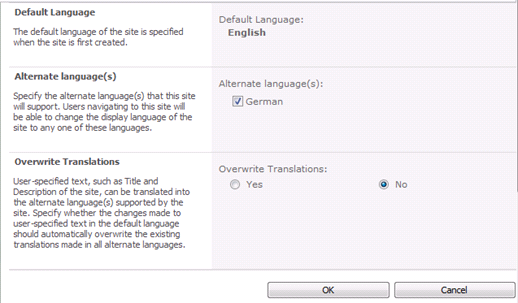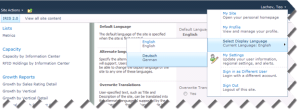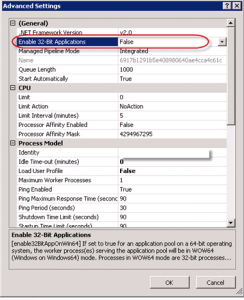A long time ago, I wrote a blog about possible reasons for Reporting Services reports to time out. This issue raised its head again; this time in SharePoint 2010 environment where long running reports would time out after about 2 minutes. To resolve:
- On each Web Front End (WFE) server, edit the web.config file of the SharePoint web application. For the default web application, the web.config file is located in C:\inetpub\wwwroot\wss\VirtualDirectories\80.
- Find the httpRuntime element and change the executionTimeout setting. The default value is 110 seconds.
<httpRuntime maxRequestLength=”51200″ executionTimeout=”1000“/>
- Save the web.config file. No need for iisreset since the ASP.NET process will apply the settings on change.
As a side note, you shouldn’t have such report hogs but sometimes you can’t avoid them. In this case, the end users requested a report that includes pretty much all measures in the cube sliced by the dimension with the highest cardinality so they can export it to Excel and analyze it in a pivot table.
UPDATE 6/29/2012
There is more to report timeouts if you have a SharePoint custom page that wraps the SQL Server Reporting Services ReportViewer webpart. In this case, the page won’t overwrite the timeout for the AJAX script manager control. To avoid this, make the following changes to the SharePoint master page:
1. Open the SharePoint Designer and connect to the site.
2. In the Navigation pane, click the Master Pages section.
3. Right-click the master page that site uses (v4.master is the default master page), and click Edit File in Advanced Mode.
4. Locate the ScriptManager element and add an AsyncPostBackTimeout element, as follows:
<asp:ScriptManager id=”ScriptManager” runat=”server” enablepagemethods=”false” enablepartialrendering=”true” enablescriptglobalization=”false” enablescriptlocalization=”true” AsyncPostBackTimeout=”0″/>
5. Save the master page, check it in, and approve it (if you use the SharePoint publishing features).
Important If the reports are deployed to a SharePoint subsite, use the SharePoint Designer to connect to the subsite and make the changes to the subsite master page.









